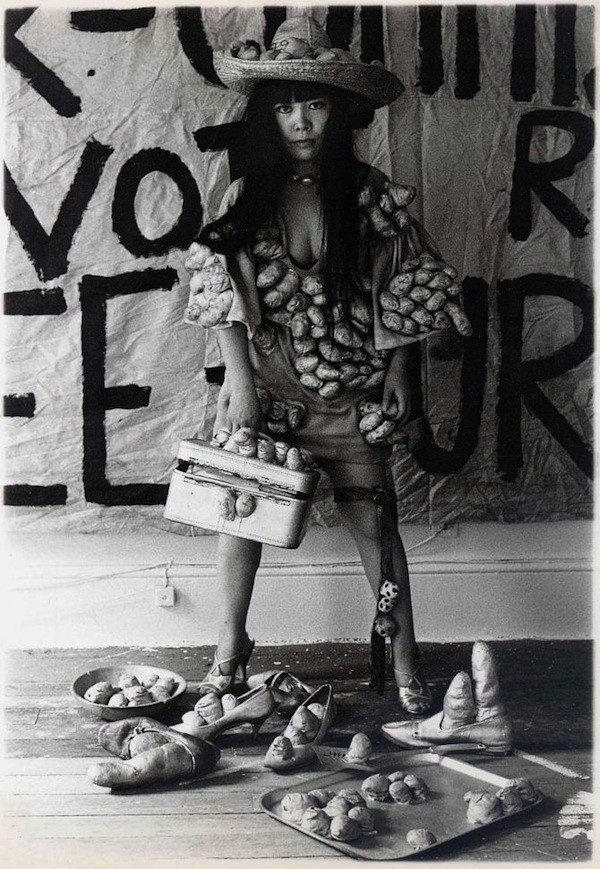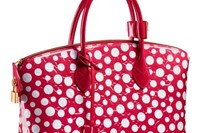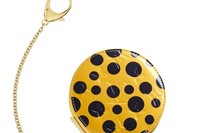"The obsessive character and the innocence of her artwork touch me. She succeeds in sharing her vision of the world with us", said artistic director of Louis Vuitton and art collector Marc Jacobs, who has admired the legendary Japanese artist Yayoi
"The obsessive character and the innocence of her artwork touch me. She succeeds in sharing her vision of the world with us", said artistic director of Louis Vuitton and art collector Marc Jacobs, who has admired the legendary Japanese artist Yayoi Kusama since encountering her work in 2006. This week sees the launch of a Louis Vuitton capsule collection created by the celebrated 82-year-old: an Avant-garde series of limited pieces in her signature wild dots.
Like her work, Kusama has been submersed in Polka Dots for the majority of her career. It is hard to decipher where Kusama’s art ends and she begins; she is an extended canvas of her creations, believing “A polka-dot is round, soft, colourful, senseless and unknowing… a way to infinity”. Her personal style echoes her mixed media work of compulsive dots and patterns, inspired by hallucinations and cultural observation. Flamboyant spotted dresses, psychedelic scarves and a collection of brightly coloured bobbed wigs that merge surrealism and Pop Art.
"The obsessive character and the innonce of her artwork touch me. She succeeds in sharing her vision of the world with us"
In the 1960s she launched her own fashion line which featured t-shirts and designs with provocatively placed holes (one dress aptly named the “Homo dress’ with cutwork on the rear). She designed the “sleeping-bag-like Couples Dress" to "bring people together, not separate them”, while her Self-Obliteration project featured masked naked performers spotted in body paint. She opened her boutique in 1969 at 406 6th Avenue, with an advertisement featuring Kasuma covered in protruding potatoes.
Hailed The Polka Dot princess by the media, Kusama became a social fixture on the art scene in New York. She dressed in white and coloured unitards fashioned with felt and pompom spots. She wore neon kimonos, twirled parasols and embraced the psychedelic swirls and patterns of the decade: “I ran all over the battlefield of art in New York that revolved rapidly like a swirl.” Attracted to botany, she covered dresses in flowers and sprayed them to resemble rags, while another photograph shows her dressed entirely in yellow sitting in a field of sunflowers. However behind the joviality, media stunts and brightly clad attire, stands a very sincere character. Her bold, playful style presents a somewhat conflicted marriage of obsession and innocence and she has lived voluntarily in a psychiatric institution since 1977.
Text by Mhairi Graham



